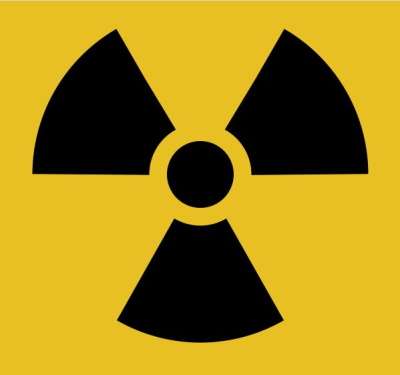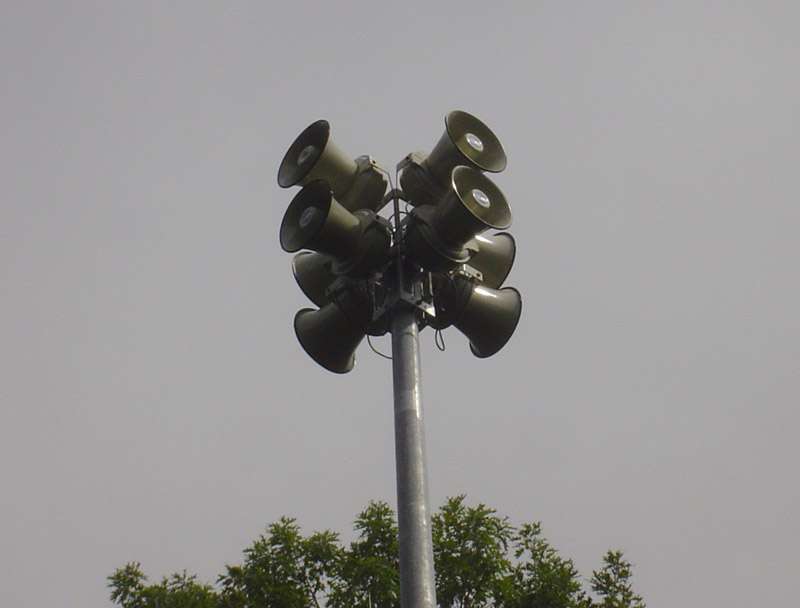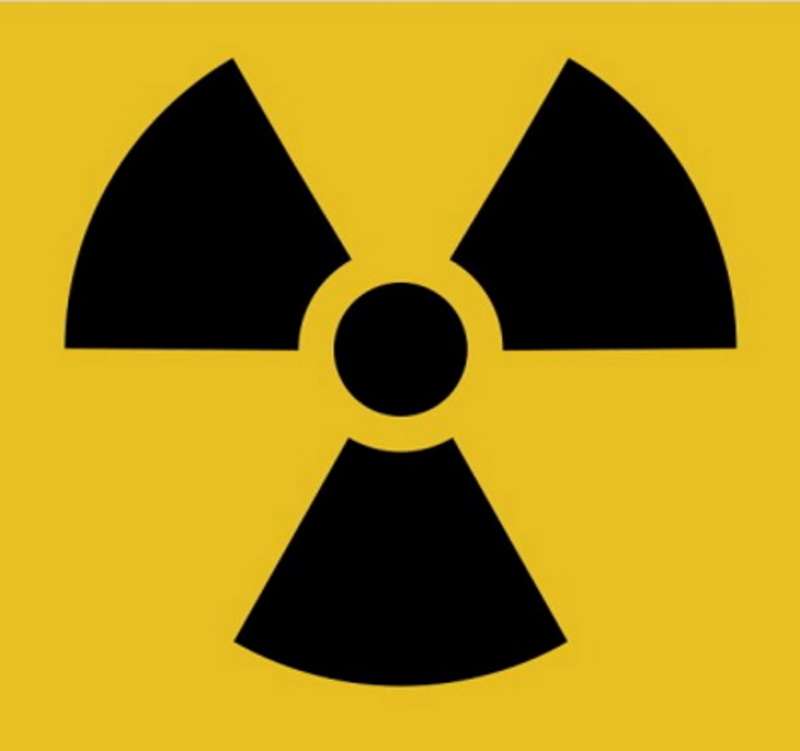Before Three Mile Island, before Chernobyl, Wood River Junction in Charlestown, R.I., had the first civilian nuclear accident resulting in the death of an employee in 1964.
The accident happened on July 24th of that year at the semi-secret United Nuclear Corporation. The victim was 37-year-old Robert Peabody, a production technician working a second job to help support his wife, Anna, and nine children.

Wood River Junction
United Nuclear Corporation recovered usable uranium from previously used uranium, such as control rods from nuclear reactors. The process involved purifying the scrap through a series of chemical treatments to extract the usable uranium.
Peabody, as usual, worked the second shift at the Wood River Junction nuclear facility. That enabled him to work his day job as a mechanic. On that evening he was to add a chemical to a vat, which he did. However, he used the wrong chemical, which instantly started a uranium chain reaction and an explosion. The blast threw him to the floor and splashed radioactive liquid off the 12-foot ceiling and all over him.
The accident set off all of the emergency sirens. They screamed throughout the building, “Radiation leak, a bad one.” Peabody got himself up and started running to the company emergency shack 450 feet away. He tore all of his clothing off along the way, but he didn’t make it. He collapsed to the ground vomiting, with blood running out of his nose and ears.
The accident exposed Peabody to more radiation than anyone had since Hiroshima and Nagasaki. Two days later he passed away from radiation poisoning.

Warning sirens at the Indian Point nuclear facility
First Responders
The local Hope Valley Ambulance squad rushed to the scene to transport the doomed Peabody to the nearest hospital, in Westerly. Upon arrival, accident room doctors immediately recognized his condition was far beyond their capability. They sent him to Rhode Island Hospital in Providence, almost 45 miles away. To compound this unfolding tragedy, Robert Peabody’s wife caught up with him, perhaps at Westerly. She briefly held his hand. He was so radioactive, the mother of nine children contracted lymphoma.
At Rhode Island Hospital, doctors could do little for Robert Peabody. They placed him in an isolation room, where he expired 49 hours later.

Because his body was so radioactive, it wasn’t safe to bury it. So the bishop of the Diocese of Providence was petitioned for permission to cremate him. The bishop granted permission. Subsequently, Anna Peabody received an urn with his ashes. However, she reportedly suspected the ashes were not really his. Her suspicion was probably well founded.
According to a chronicled case, the ashes of a man treated with radioactive isotopes had detectable radiation. So why wouldn’t Robert Peabody’s ashes have been radioactive? He had received thousands of times more radiation than the medical patient. So perhaps his body lies in a lead-lined coffin somewhere or deep at sea.
Aftermath
United Nuclear made a small cash settlement of $22,000 to his family, which left them destitute.
The Atomic Energy Commission cited United Nuclear with 14 violations. The Environmental Protection Agency named the site of the contaminated Wood River Junction plant a Superfund cleanup site.

Image courtesy Google Maps.
The only bright note in this tragedy is that the site was eventually cleaned. It became and remains today Rhode Island’s second largest nature conservancy at a little over 1,100 acres.
Leo Caisse, the author of this story, passed away in 2020. He published the book, The Civilian Conservation Corps: A Guide to Their Works in Rhode Island. He also published a number of historical articles, including Ears On the World in America in World War II Magazine, October, 2017. Leo earned a B.A. and M.A. in American History from Providence College. He lived in East Providence, R.I.
Image: Warning sirens, By Div60 (talk) – I created this work entirely by myself., CC BY-SA 3.0, https://en.wikipedia.org/w/index.php?curid=23518269. This story was updated in 2024,

